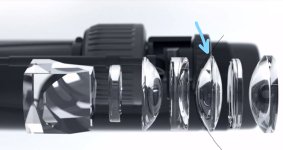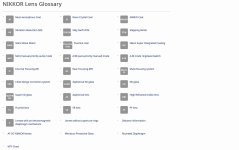Hi kimmik,
The use of aspherical lenses in commercial series production 35mm camera lenses goes back a
long way
- to 1966 with the ultra expensive Leica Noctilux 50mm f/1.2 - that featured one hand ground aspherical surface.
See Ken Rockwell’s review of its successor at:
LEICA 50mm f/1 NOCTILUX (1976-2008)
(and more specialised use would have preceded that e.g. in military/ aerial reconnaissance optics).
Since then, with more commercially viable production techniques, the use of aspherical lenses has become mainstream;
with as you note, multiple aspherical lenses being common in consumer SLR lenses
e.g. see the most recent Nikon catalogue at:
Nikon | Imaging Products | NIKKOR Lenses
Nearly all of the wide angle zoom and single focal length lenses (except the very cheapest), have at least one aspherical lens.
Some binoculars do have aspherical lenses in the eyepieces, see:
Where are the aspherics?
However, the use of aspherical lenses does not seem to be a compelling feature for most binocular designers.
John
p.s. Nikon like other camera lens manufacturers, has long provided extensive details about lens construction.
But for whatever reason, it has not only been coy, but sometimes misleading about binocular optics
e.g. see the thread about the optics in their high-end roof prism models at:
Optical Construction of HG/ LX and EDG Binoculars







